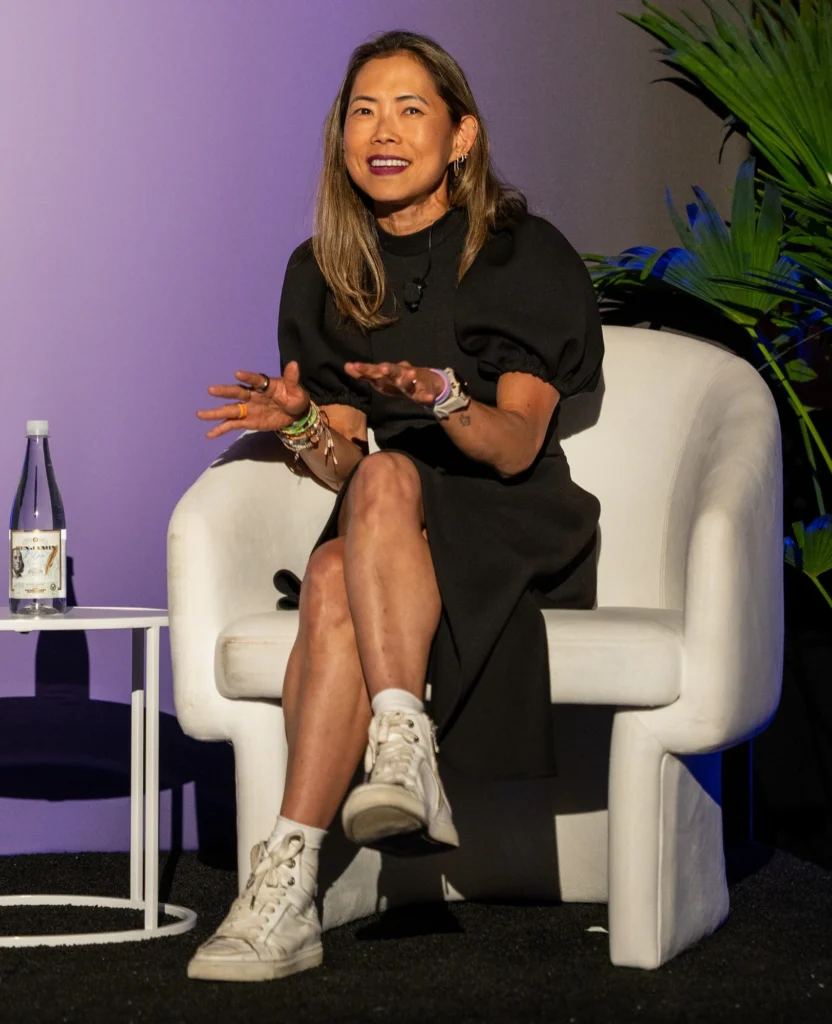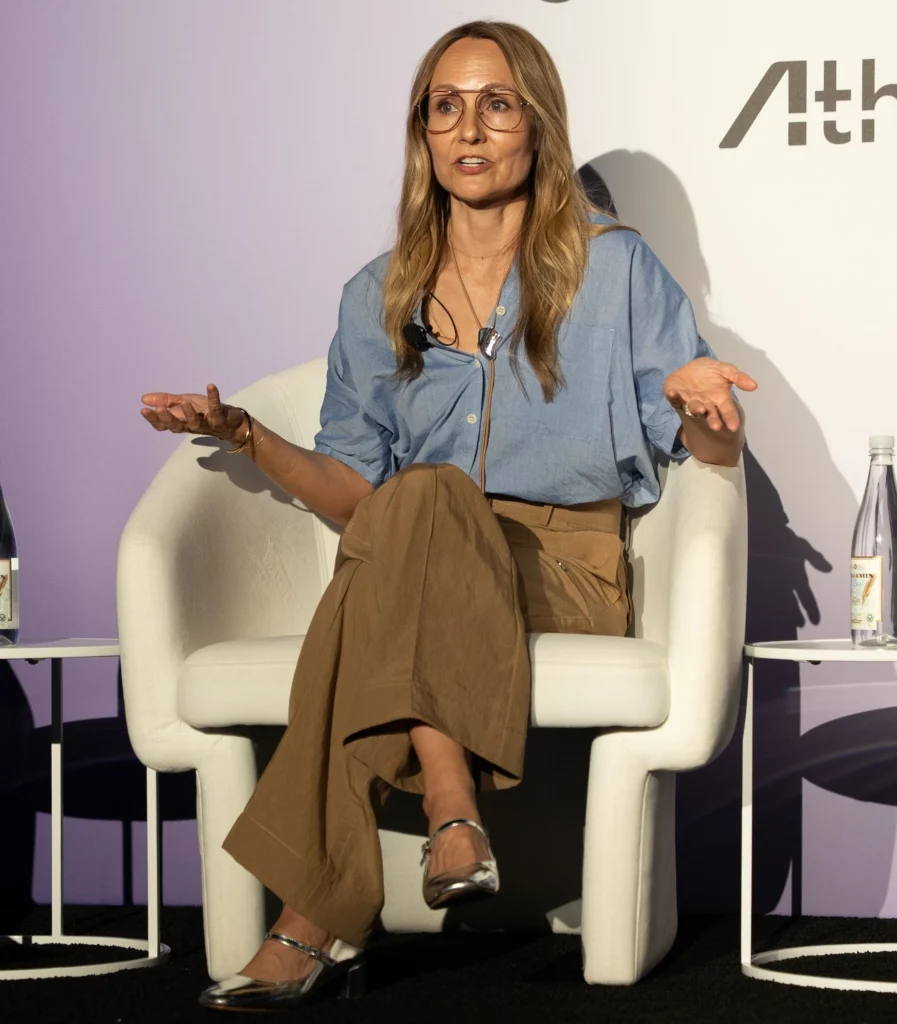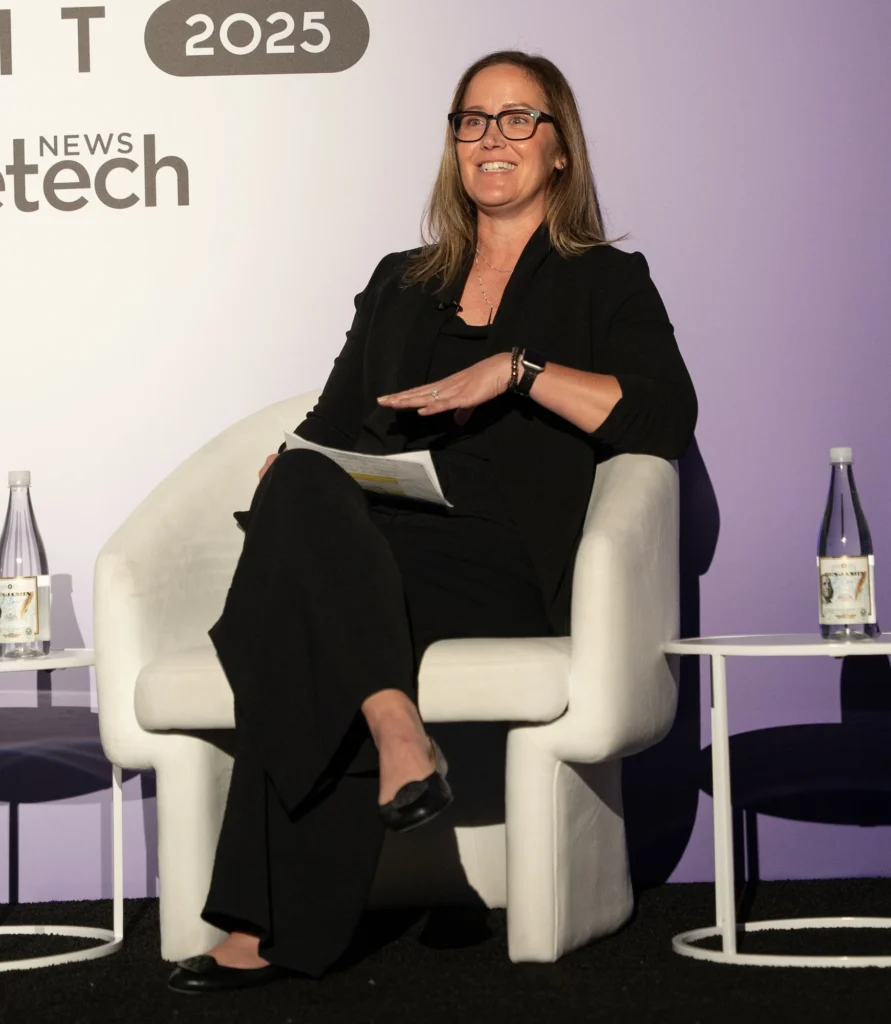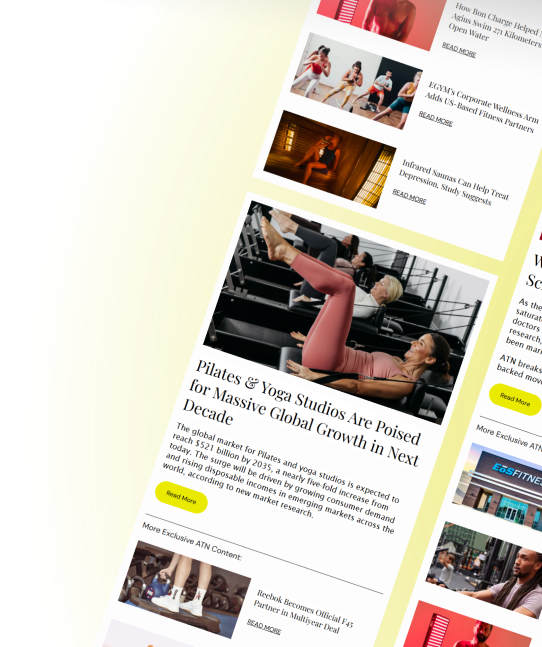
C-suite executives challenged outdated assumptions about women in fitness, suggesting a new approach to understanding female consumers that combines data and dialogue
At a time when fitness and wellness brands are eager to cater to female consumers, few are listening with enough care and attention.
At the ATN Innovation Summit 2025, C-Suite executives discussed how to rectify such issues and move the industry forward. The conversation, which featured barre3 co-founder and CEO Sadie Lincoln, CorePower Yoga chief marketing and commercial officer Sarah Choi and ABC Fitness vice president of global key accounts Melissa Knowles, dug into the nuances of marketing to women.
“We make a lot of assumptions about decision-making,” moderator Brynn Scarborough noted. “There are a lot of customer journeys designed from the executive perspective all the way through to customer implementation.”
Challenging Outdated Beliefs About Women & Fitness
The panelists agreed that legacy assumptions about women’s needs in fitness no longer hold.
“Women don’t want to be told to ‘get ready’ (for summer or bathing suit season),” noted Lincoln. “We want to be seen for who we are.”
One of the most persistent myths is that women prefer only low-intensity workouts. At CorePower, internal data showed that 95% of female clients sought strength training.
“When we launched Strength X, it became one of our highest-performing class types,” Choi said. “There’s this outdated belief that women don’t want high-intensity strength-based workouts, but that just isn’t true anymore, if it ever was.”

Lincoln emphasized the emotional toll of outdated fitness ideals and the damage of narrow beauty standards.
“We all have that inner dialogue,” she said. “Even the most pulled-together women often feel like they’re not fit enough or thin enough. That needs to change. It’s our job in this industry to reprogram the message of what’s aspirational.”

Such reprogramming, the panelists agreed, begins inside the company.
“Look around your leadership room: how many women are in the conversation?” Knowles said. “Women interact with tech differently than men. If those voices aren’t present when you’re designing a product, you’re missing the mark.”
Data Is Important, but It’s Not Everything
Knowles shared insights from ABC Fitness’ consumer behavior data, which revealed distinct gendered trends in app usage.
“Women track 73% of all goal guides across our platform,” she said. “They’re using meal tracking, habit tracking, and are asking for features like cycle and hormone tracking, things that most fitness tech still doesn’t offer. If you’re not building with them, you’re not building for them.”

Although data is integral, both Lincoln and Choi stressed the value of qualitative insights from front-line teams in studios. At CorePower, for example, field leadership is equipped with personalized client data so they can connect more deeply with students.
“Everything we do comes from our purpose: to power love from the inside out,” Choi said. “And yes, we actually have a ‘Love Score’ that we track weekly, just like an NPS (Net Promoter Score).”
Lincoln agreed that listening to franchisees and community leaders often revealed what dashboards couldn’t.
“In May, our owners told us everyone, staff and clients alike, was emotionally worn down,” she recalled. “That didn’t show up in our analytics, but it was real. And that kind of insight shapes how we support our community.”
In closing, Knowles urged attendees to experiment with segmentation and reconsider how they interpret data.
“Start small. Test. Don’t be afraid to throw out data points that aren’t giving you what you need,” she said. “Marketing to a 45-year-old perimenopausal woman should not look the same as marketing to a 22-year-old. If you’re still using one-size-fits-all messaging, you’re not just missing the mark, you’re leaving money on the table.”
This article is based on a live discussion held during the ATN Innovation Summit 2025, a two-day event dedicated to the future of fitness and wellness. See here for more Innovation Summit coverage.
